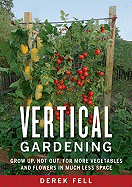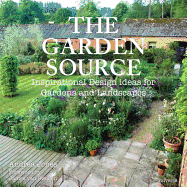Explore 46 gardens located in New York State!!!
Nestled all along the northeast corridor, a profusion of horticultural
gems and designed landscapes beckons visitors, from celebrated formal
parks, estates, and arboretums to less familiar and often hard to find
gardens. This unique guidebook features 148 of them, providing readers
with an incomparable resource for locating and exploring the region s
green spaces many with historic homes at their center. Whether large,
sumptuous, and impressively maintained, or modest in size, budget, and
staff, all have distinctive historical, artistic, and horticultural
offerings that make them well worth a trip. Mt. Cuba Center and
Winterthur in Delaware, Longwood Gardens in southeastern Pennsylvania,
Grounds for Sculpture and the Leonard J. Buck Garden in New Jersey, the
Humes Japanese Stroll Garden on Long Island, Stonecrop Gardens and
Innisfree in the Hudson Valley, and Elizabeth Park and Hollister House
in Connecticut are just a few of the great gardens highlighted.
Featuring more than three hundred color photographs and twenty-nine
maps, with a fund of practical information for each entry including
transportation, nearby eateries, and other sites of interest, Exploring
Gardens and Green Spaces is a veritable tour guide at your fingertips,
showcasing an array of gardens that await discovery. Request Exploring Gardens & Green Spaces from Connecticut to the Delaware Valley from the catalog.





